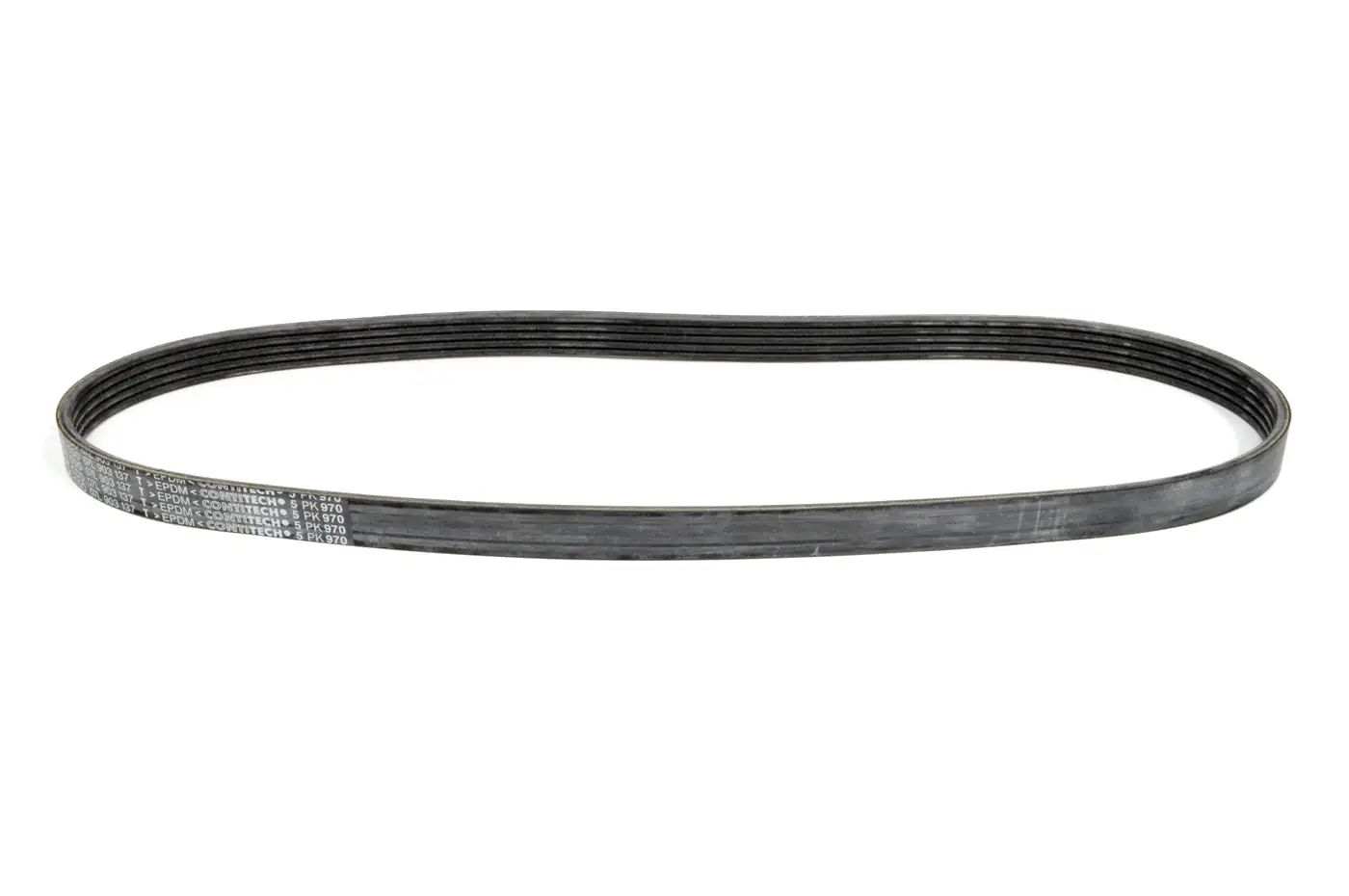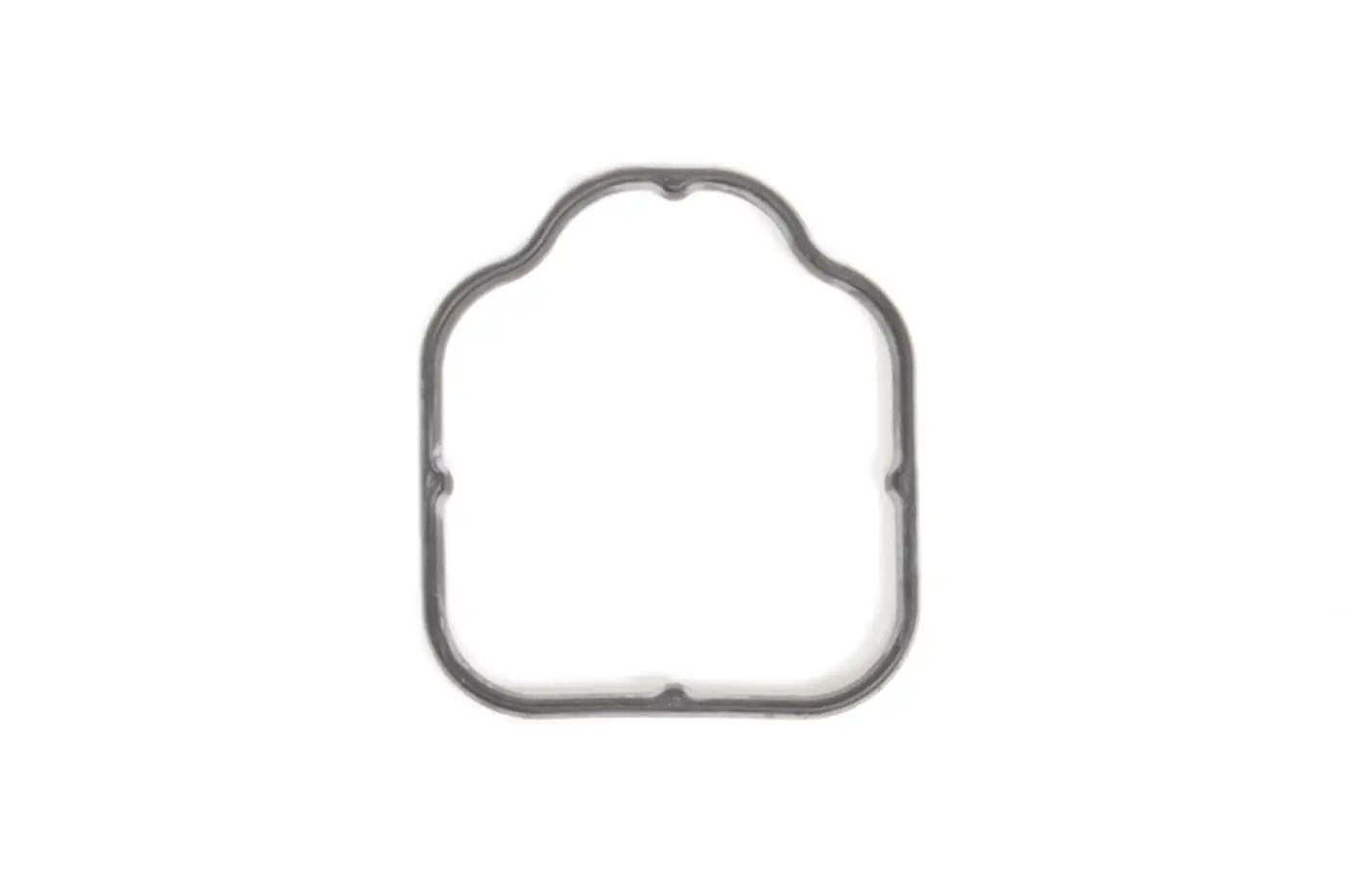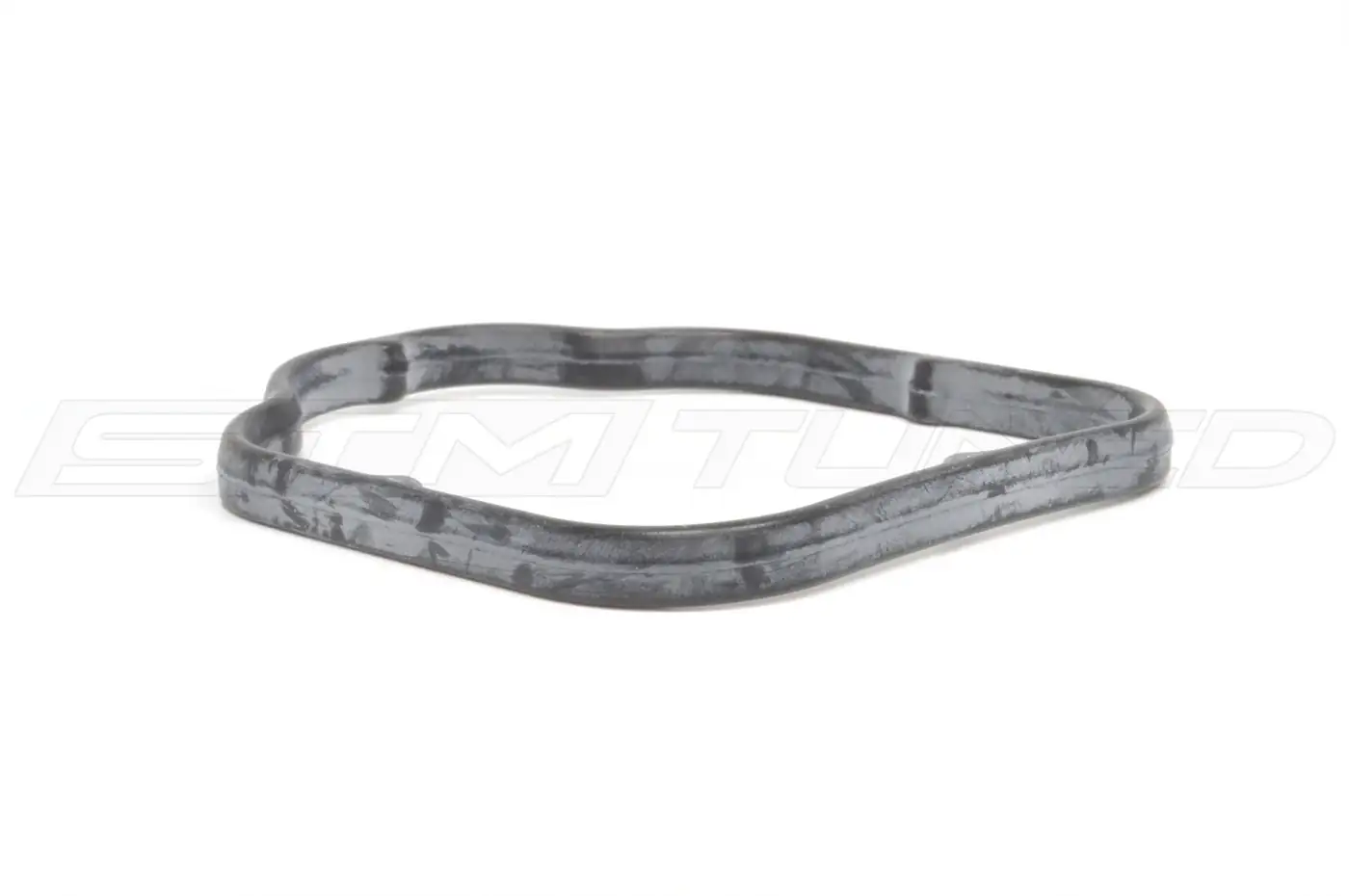This universal catch can is the same can used in Radium application-specific catch can kits. This can be used in any vehicle with the proper hose and fittings. A universal mounting bracket is included.
Vehicle Fitment:
Universal Application
Benefits:
• Effectively raises octane and increases engine performance with cleaner inlet air
• Prevents oil buildup in the intake, intercooler, throttle body, etc.
• Excessive oil collection can be an indicator of a damaged engine
• Lowers hydrocarbon emissions
Features:
• 6061 Billet Aluminum O-Ring Sealed Design
• Integrated Aluminum Baffle for Oil Condensing
• Reusable Stainless Steel Air/Oil Separating Media
• Main Ports: 7/8″-14 Female Threads (-10AN ORB)
• Anodized Aluminum Laser Cut Mounting Bracket
• O-Ring Sealed -4AN Drain Plug
• Stainless Steel Mounting Hardware
• Safe for Pressurized Applications
• Anodized Aluminum Oil Dipstick
Dimensions:
• Capacity: 7 fluid ounces
• Height (without fittings): 4.9 inches
• Outside Diameter: 2.45 inches
Install Notes:
• The integrated dipstick unscrews for a quick way to check oil level.
• The lower half of the body simply unscrews for draining.
• A 4AN ORB plug is provided for remote draining.
• Some engines may require multiple catch cans depending on the PCV system design.
• Catch cans are sold without fittings. You will need 10AN ORB adapter fittings to suit your setup.
• Bulk PCV hose in various sizes can be found HERE.
• Catch cans are NOT designed to be used with aftermarket crankcase vacuum pumps.
How it Works:
An oil catch can is essential on a performance vehicle to protect the engine from elevated levels of crankcase blow-by accumulated from aggressive driving. Excess oil saturated air circulating back into the air intake stream can lead to degraded performance. Unlike many catch cans on the market, this catch can features an integrated oil separator that accelerates oil condensation. This stainless steel filter media is cleanable and reusable. Read all about the functionality of Radium’s popular catch cans here:
Radium Engineering Blog Post






















